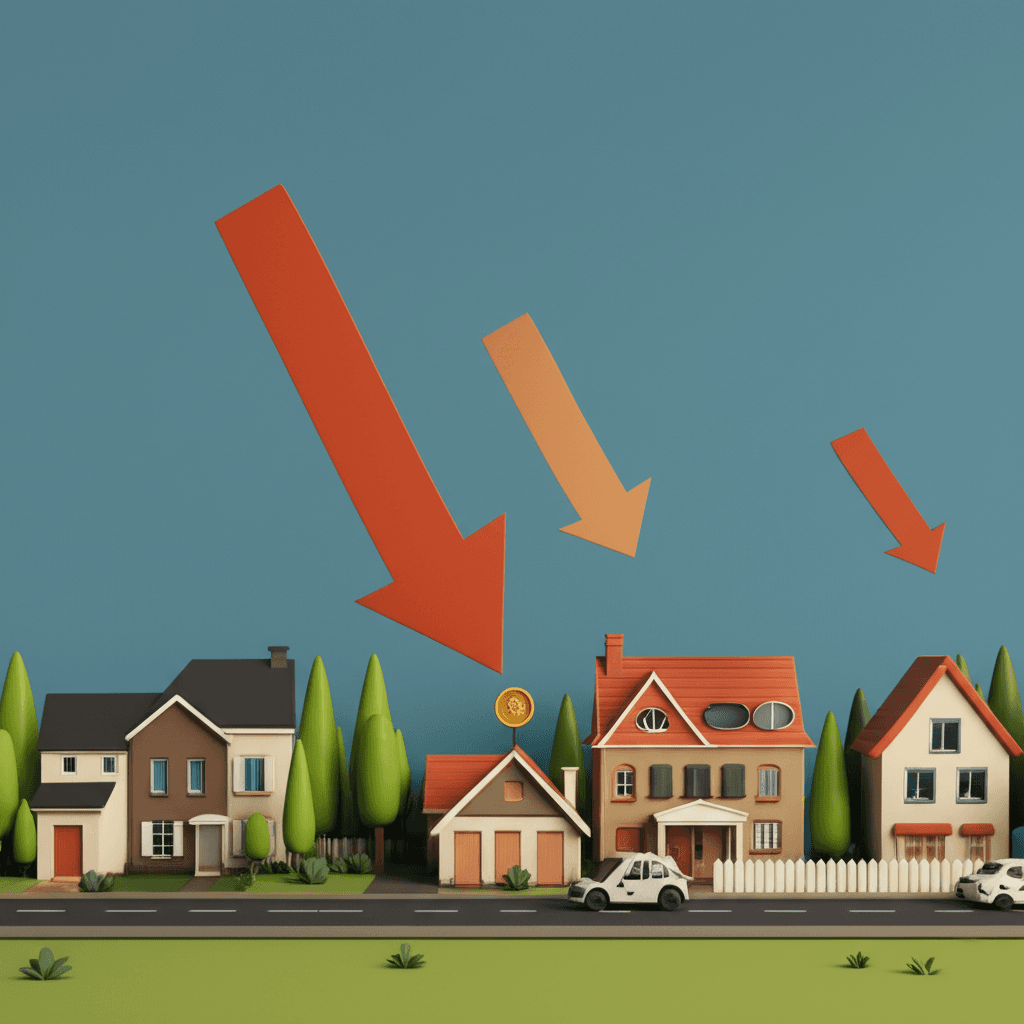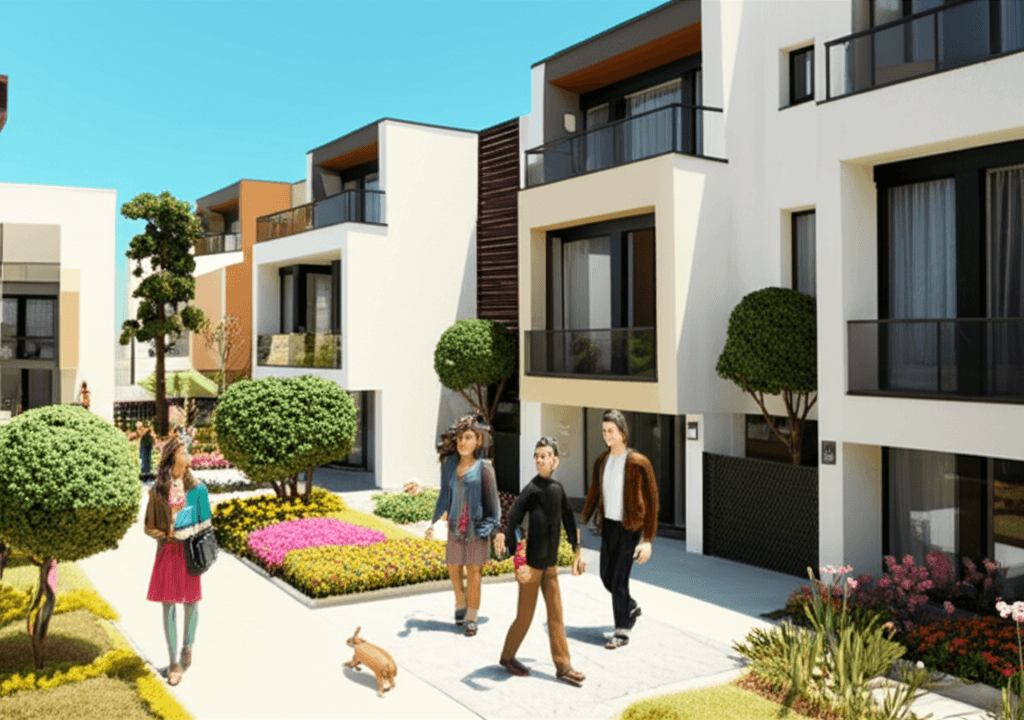Navigating Australia's Property Market: How Interest Rate Shifts Affect Your Buying Power
An expert guide to understanding market trends, buyer behaviour, and making smarter property decisions in a fluctuating economy.

Understanding the Impact of Interest Rates
Interest rates are more than just numbers on a graph; they create significant ripple effects throughout the Australian property market. A shift in the official cash rate by the Reserve Bank directly influences how much you can borrow, what your monthly repayments will be, and even the speed at which property prices change. Understanding this dynamic is the first step towards making a confident and informed purchasing decision.
The Link Between Rates, Borrowing Power, and Prices
When the cash rate moves, mortgage rates typically follow. A lower rate reduces monthly mortgage repayments for existing homeowners and, crucially for new buyers, increases their borrowing capacity. While this sounds like great news, it often means more people can afford to spend more on a home. This surge in demand and purchasing power generally leads to an increase in property prices, creating a more competitive market. Even a small change in the cash rate can quickly alter the home-buying equation.

How Rate Changes Influence Buyer Confidence and Market Activity
Market sentiment is heavily tied to interest rate movements. When rates are cut, consumer confidence often surges. We see this reflected in key market indicators like higher auction clearance rates and a significant uptick in online searches and enquiries for properties. This renewed optimism encourages buyers who were previously hesitant to re-enter the market, intensifying competition for available homes. Analysing these market trends is vital for understanding the current landscape.
Evolving Buyer Priorities: Affordability Meets Lifestyle
In today's price-conscious environment, buyer priorities are shifting. While the dream of a large home on a big block remains appealing, many are now focusing on affordability and loan serviceability. This has led to a growing demand for smaller, more compact properties like townhomes. These options not only provide a more accessible entry point into the market but also cater to a desire for a low-maintenance, 'lock-and-leave' lifestyle where community and local amenities are a priority. Finding a home that fits these specific lifestyle-based criteria has become a key driver for many buyers.

The Strategic Advantage of New Builds
Buying a new build or off-the-plan property presents a unique set of advantages in a fluctuating market. The process allows you to lock in today's price and take advantage of any current incentives, particularly for first-home buyers. Because the building process can take months or even years, you have valuable time to continue saving. This staggered timeline provides financial flexibility, as you don't need to make every decision or pay the full cost on day one, a significant benefit compared to purchasing an established home. Navigating this journey can be complex, but an AI-powered buyer's agent can provide invaluable guidance.
Why a Local Focus is Critical for Success
While national headlines about booming property prices can be daunting, it's crucial to remember that real estate is hyper-local. A trend seen across the country doesn't necessarily reflect what's happening in the specific suburb you want to buy in. Some areas may see slower growth, offering more breathing room, while others might be accelerating faster. Always ground your strategy in local data. Performing a detailed suburb comparison will give you a far more accurate picture of property values and competition, allowing you to make a more strategic offer.

Conclusion
Successfully navigating the property market requires understanding that interest rates are a primary driver of borrowing power, buyer behaviour, and price momentum. In response to affordability pressures, buyers are increasingly favouring lifestyle-oriented, compact homes. While the process can seem overwhelming, focusing on hyper-local data rather than broad national trends will empower you to make smarter, more confident decisions. Whether you're considering an established home or a new build, a data-driven approach is your key to success.
Ready to make a data-driven decision? Explore suburb trends, investment potential, and property values with HouseSeeker's Real Estate Analytics tools today.
Frequently Asked Questions
Why do property prices often rise when interest rates fall?
When interest rates fall, banks can offer lower mortgage rates, which increases a person's borrowing capacity. This allows more buyers to enter the market and enables existing buyers to offer more for a property. This increased demand and purchasing power typically pushes property prices higher.
Is buying a new build a good option in a changing interest rate environment?
Buying a new, off-the-plan property can be a strategic choice. It allows you to lock in a purchase price at today's market value, protecting you from future price rises. The extended settlement period also gives you more time to save and arrange finances, providing a valuable buffer against market fluctuations.
Should I pay more attention to national property news or local suburb data?
While national news provides a good overview of broad market sentiment, your primary focus should always be on local suburb data. Property markets are fragmented, and trends can vary dramatically from one suburb to the next. Using tools for in-depth suburb analysis will give you the most accurate information for your specific buying journey.
